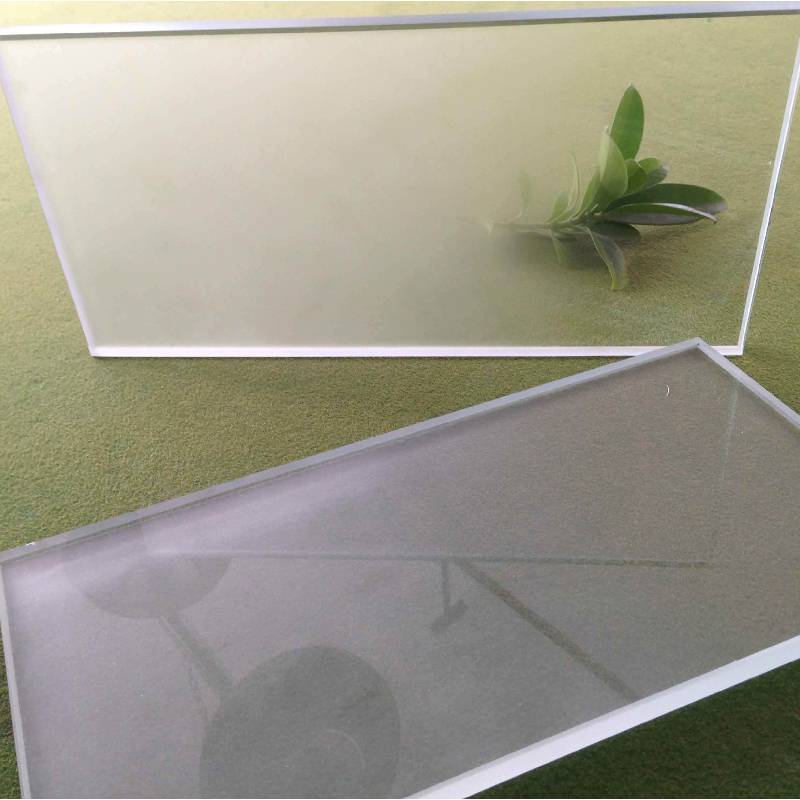

The Advantages of Solar Low-E Glass in Modern Architecture
In recent years, sustainable building practices have gained significant traction, owing to the urgent need for energy conservation and environmental protection. One of the most innovative materials contributing to this movement is solar low-emissivity (low-E) glass. This advanced glass technology is not only a boon for energy efficiency but also enhances the aesthetic appeal of modern architecture.
Solar low-E glass is designed to minimize the amount of ultraviolet and infrared light that can pass through glass, without compromising the amount of visible light that is transmitted. This technology works by applying a microscopically thin metallic coating to the glass. This coating reflects heat back to its source, thus keeping interiors cooler in the summer while retaining warmth during the winter. The ability to regulate temperature allows buildings to reduce their reliance on heating and cooling systems, leading to substantial energy savings.
The Advantages of Solar Low-E Glass in Modern Architecture
Moreover, solar low-E glass can help enhance occupant comfort. Traditional windows can create uncomfortable glare and temperature fluctuations within a building. In contrast, solar low-E glass allows significant natural light to enter while filtering out harmful UV rays that can cause skin damage and fade furnishings. This feature not only improves indoor air quality by allowing for passive solar heating during winter but also provides a more comfortable and enjoyable living or working environment.

The environmental impact of using solar low-E glass extends beyond energy savings. The production of low-E glass typically involves glass recycling practices, which helps reduce waste. Additionally, because low-E glass can significantly decrease energy consumption, it ultimately leads to a reduction in fossil fuel use and greenhouse gas emissions associated with energy generation.
The aesthetic versatility of solar low-E glass is another reason for its growing popularity. Architects can leverage this type of glass to create striking and modern facades that are both functional and visually appealing. The sleek finish of low-E glass can enhance the overall design of a building, allowing for expansive glass walls that create a spacious and open feel while ensuring energy efficiency.
As the demand for sustainable building materials increases, so does the innovation surrounding solar low-E glass. Manufacturers are continually refining the technology, improving its insulating properties and visual clarity. This constant development is driving down costs and expanding the market for solar low-E glass, making it more accessible for a wider range of projects.
For builders and architects looking to achieve green building certification, the integration of solar low-E glass can significantly contribute to meeting LEED (Leadership in Energy and Environmental Design) criteria. By prioritizing energy-efficient materials and practices, such as the use of low-E glass, projects can not only achieve certification but also promote a sustainable future.
In summary, solar low-E glass represents a pivotal advancement in architectural materials that align with contemporary sustainability goals. Its energy-saving qualities, contribution to occupant comfort, and aesthetic versatility make it a preferred choice in modern construction. As more architects and builders embrace this innovative technology, the path towards energy-efficient and environmentally friendly buildings becomes more feasible, paving the way for a sustainable future. In a world increasingly focused on climate change and resource conservation, solar low-E glass is indeed a vital component of contemporary architecture.